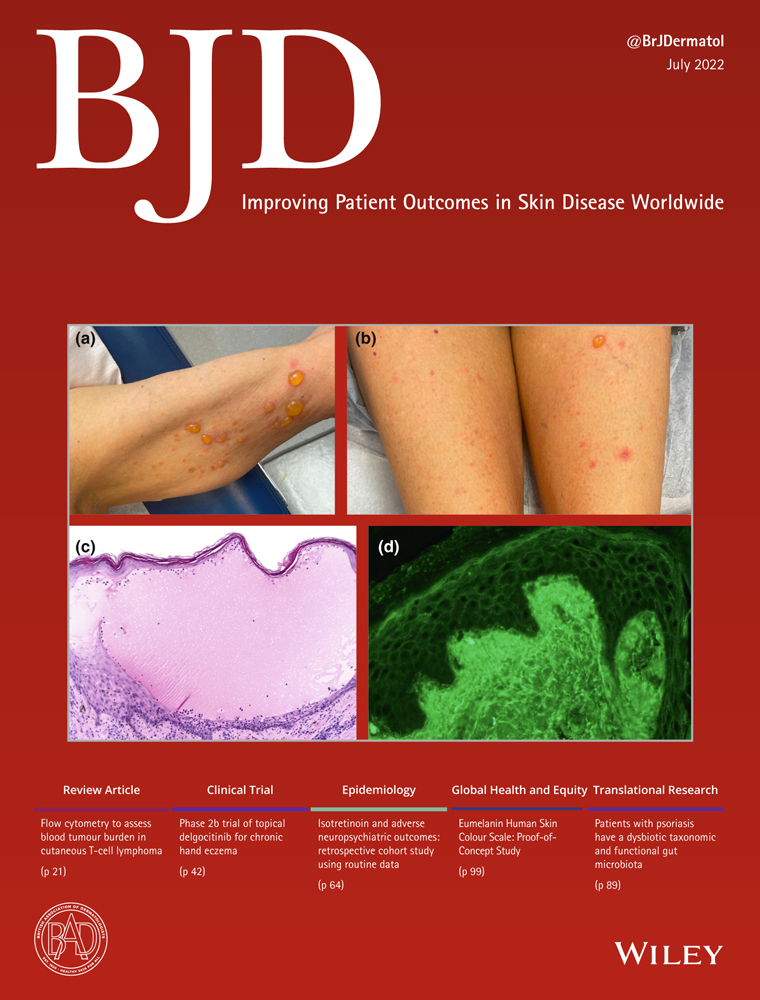Antibiotic-resistant bacteria and the skin
Abstract
Linked Article: Muhaj et al. Br J Dermatol 2022; 187:12–20.
Resistant pathogens (bacteria, viruses, fungi and parasites that have changed over time and no longer respond to medicines, making infections harder to treat) are estimated to cause 700,000 deaths each year, a problem made worse by overuse of antimicrobial drugs both in medicine and in agriculture. When used in farming, antibiotics are often given in low concentrations to improve the growth of livestock, leading to low levels of antibiotics detectable through the human food chain that contribute to drug resistance. Antibiotics are also present in a number of over-the-counter topical treatments for various skin conditions that can be purchased without consulting a trained health worker. Misuse and overuse of prescription antibiotics is also a major cause of antibiotic resistance.
In dermatological practice, there are practical examples where the risk of antibiotic resistance poses serious treatment challenges but also an important impetus for change. Methicillin-resistant Staphylococcus aureus is a very common cause of skin diseases like impetigo and secondary infection of other conditions such as eczema. Alternatives to commonly used topical antibiotics such as mupirocin and fusidic acid include retapamulin, which carries a low risk of cross-resistance. Using topical antiseptics to treat mild pseudomonal skin infections instead of systemic antibiotics that result in unnecessary antibiotic exposure of gut bacteria can help address the growing problem of Gram-negative bacterial resistance. A further example where there is scope for change is in the treatment of acne where restricting the use of antibiotics such as tetracyclines and switching to non-antibiotic alternatives can help reduce antibiotic dependence. Broader strategies for preventing antibiotic resistance include finding new ways to treat infections including the development of new antibiotic drugs, the synthesis of naturally produced human or animal antibacterial substances such as the defensins, or the medical use of viruses adapted to attack bacteria, known as bacteriophages. There is an urgent need for further research on these alternatives in order to prevent the appearance of even more drug-resistant bacteria.




